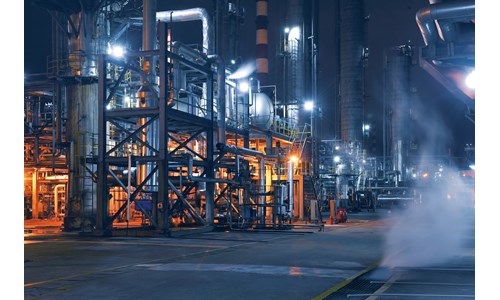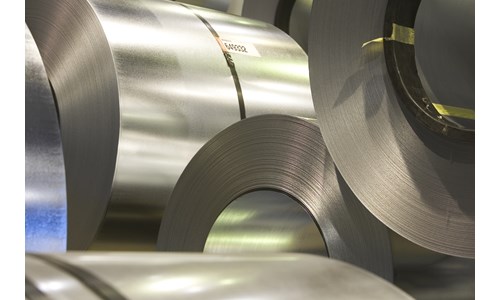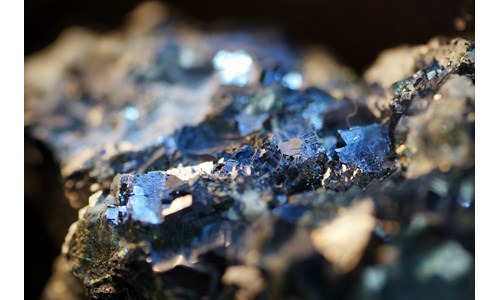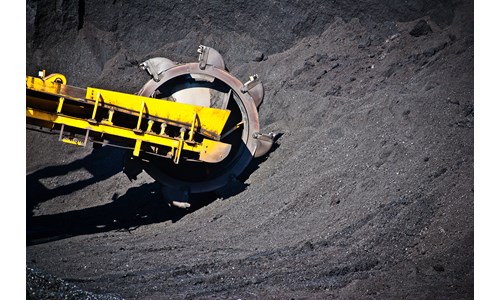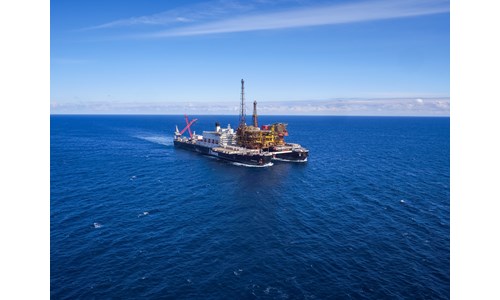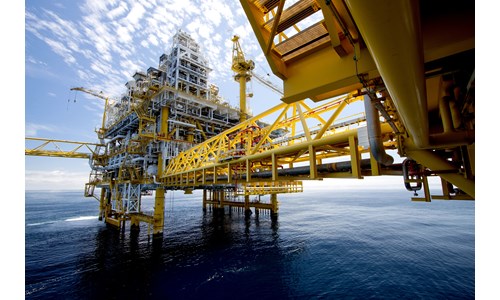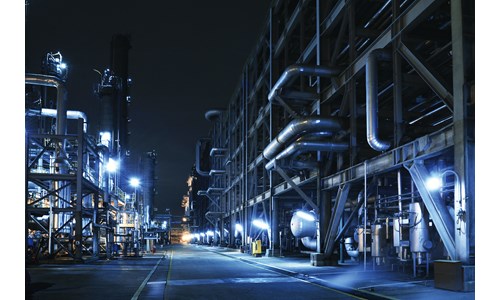Sanmei: how will tackling China's 'dirty coal' problem affect demand?
*Please note that this report only includes an Excel data file if this is indicated in "What's included" below
Report summary
Table of contents
- Existing policies targeting sanmei
- How much sanmei demand has been impacted so far?
-
What further policies can we expect to control sanmei?
- Industrial boiler statistics and sanmei coal demand in 2025, Mt
Tables and charts
This report includes the following images and tables:
- China's coal-focused policies since 2013
- Sanmei: how will tackling China's 'dirty coal' problem affect demand?: Image 2
- Sanmei: how will tackling China's 'dirty coal' problem affect demand?: Image 3
- Coal-free areas in the Beijing-Tianjin-Hebei and Yangtze River Delta regions
- Industrial boiler statistics and sanmei coal demand in 2012, Mt
- Sanmei: how will tackling China's 'dirty coal' problem affect demand?: Table 2
What's included
This report contains:
Other reports you may be interested in
India’s Quantitative Restriction on met coke: impact on seaborne trade and coking coal prices
India’s Quantitative Restriction on met coke will shift demand to coking coal and reshape global met coke trade flows
$1,100How will China’s expansion affect global solar module supply chains?
Insights into China’s solar module expansion, covering drivers and features, as well as the impact on the global solar module supply chain.
$5,9905 key questions for the gas and LNG industry ahead of Gastech 2024
In the lead-up to Gastech 2024, we have tackled some of the key questions that will shape the debate within the gas and LNG sectors.
$950





